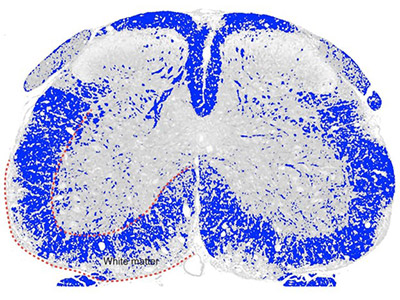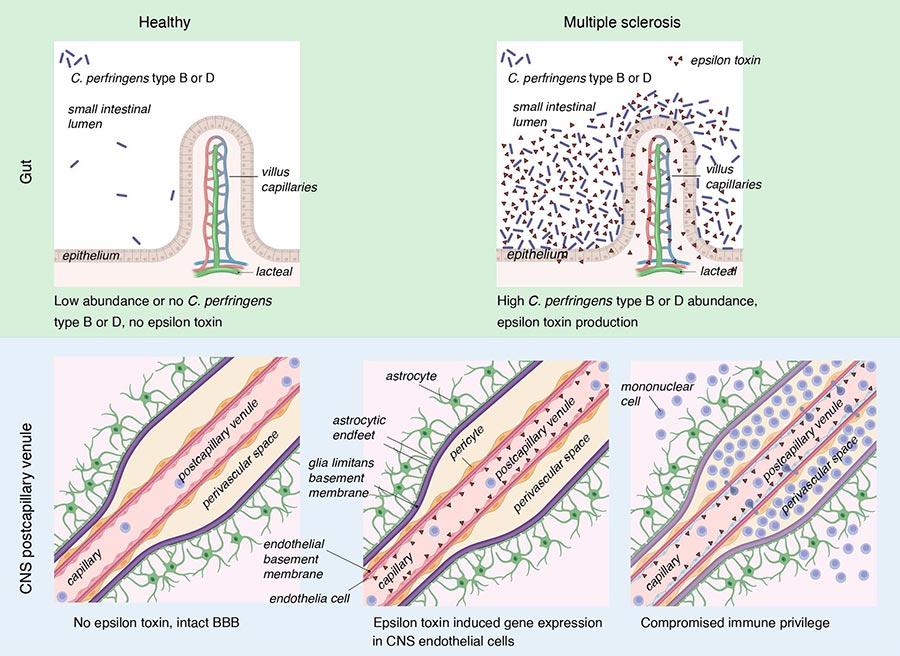
Timothy Vartanian, MD, PhD
Multiple sclerosis (MS), a chronic, debilitating disorder of the central nervous system (CNS), is known to require an environmental trigger for lesion formation, but the identity of that trigger has long eluded scientists. Suspecting that the environmental trigger for MS rests within the gut microbiome, Timothy Vartanian, MD, PhD, a neurologist and neuroscientist at NewYork-Presbyterian/
Chronic stroke patients with hemiparesis often experience functional disuse of their hand and approximately 50 percent of survivors with upper limb paralysis continue to experience functional deficits four years after stroke. Studies have shown that highly repetitive and task-specific training is very helpful in upper limb recovery, however, there are obstacles that can prevent patients from undergoing this type of rehabilitation program, including visiting therapy clinics, insurance and reimbursement limitations, and lack of access to therapists with specialized training.

Epsilon toxin in multiple sclerosis
Robotic devices assist in increased upper limb repetitions for post-stroke rehabilitation but primarily target proximal segments of the shoulder and elbow. Studies with these devices have shown that robotic training produces improved function in the proximal joints. They also have found a disparity of motor recovery between proximal and distal joints that leads to detrimental compensatory grasp patterns.
To address this disparity, Columbia Rehabilitation and Regenerative Medicine specialists and their Mechanical Engineering colleagues have developed a robotic orthosis designed to assist the paretic hand after stroke. The wearable and fully user-controlled device serves as a therapeutic tool that enables patients to perform device-mediated hand exercises for neuromuscular function recovery, as well as an assistive device for use in everyday activities.

Graphical abstract of the study published in the Journal of Clinical Investigation.
Eleven chronic stroke patients with moderate muscle tone underwent a month-long training protocol using the orthosis. The 12-session training program, comprising three sessions per week for four weeks, involved 30 minutes of training time in which the participants practiced a variety of grasp and release tasks with everyday objects and were then evaluated with a battery of clinical assessments pre- and post-intervention. Fugl-Meyer post-intervention scores without robotic assistance showed improvement focused specifically at the distal joints of the upper limb. Action Research Arm Test (ARAT) scores post-intervention with robotic assistance showed that the device may serve an assistive role in grasping tasks.
The authors note, however, that while trends in the data suggest this device might serve two distinct purposes – rehabilitation or assistive – for different subsets of the stroke population, the results also highlight limitations and point towards possible areas for future improvements, including longer training periods.




